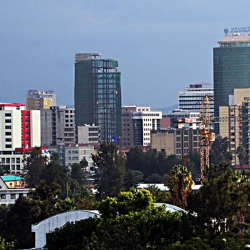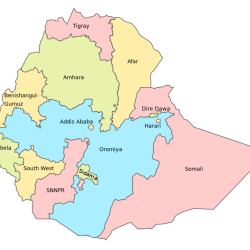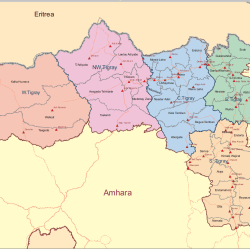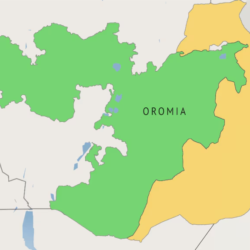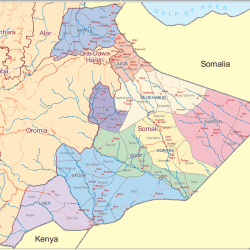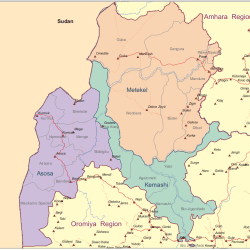Amhara administrative areas: Zones and Weredas (Towns)
Amhara Region

North Gondar Zone
Adi Arkay
Beyeda
Janamora
Debark
Dabat
Merab Armachoho
Tegede
Lay Armachoho
Wegera
Gondar Zuria
Dembia
Chilga
Metema
Quara
Alefa
Merab Belsa
Misrak Belesa
Gonder
Tselemet
Tach Armachoho
Takusa
South Gondar Zone
Ebinat
Libokemkem
Fogera
Farta
Lay Gayint
Tach Gayint
Simada
Misrak Este
Dera
Debre Tabor
Merab Este
North Wello Zone
Bugna
Kobo
Gidan
Meket
Wadla
Delanta
Gubalafto
Habru
Woldiya
Lasta
Dawunt
South Wello Zone
Mekdela
Tenta
Kutaber
Ambasel
Tehuledere
Werebabu
Kalu
Albuko
Dessie Zuria
Legambo
Sayint
Debresina
Kelela
Jama
Were Ilu
Wegidi
Kombolcha
Dessie
Mehal Saynt
Legahida
North Shewa Zone
Mida Woremo
Merhabete
Ensaro
Moretna Jiru
Menz Gera Midir
Gishe
Antsokiya Gemza
Efrata Gidim
Menz Mama Midir
Tarma Ber
Mojana Waderea
Kewet
Angolala Tera
Asagirt
Ankober
Hagere Mariam Kesem
Berehet
Minjar Shenkora
Basona Werana
Debre Berhan
Menz Keya Gebreal
Menz Lalo Midir
Saya Debirna Wayu
East Gojjam Zone
Bibugn
Hulet Ej Enese
Goncha Siso Enese
Enebse Sar Midir
Enarj Enawga
Enemay
Debay Tilatgen
Debre Elias
Machakel
Gozamin
Baso Liben
Awabel
Dejen
Shebel Berenta
Debre Markos
Sinan
Aneded
West Gojjam Zone
Semen Achefer
Bahri Dar Zuria
Yilma Na Densa
Mecha
Sekela
Quarit
Dega Damot
Dembecha
Jabi Tehnan
Bure
Wonberma
Goncha
Debub Achefer
Finote Selam
Waghemira Zone
Ziquala
Sekota
Dehena
Gazgibla
Abergele
Sehala
Sekota
Awi Zone
Dangila
Banja Shekudad
Ankasha Guagusa
Guangua
Fagita Lekoma
Jawi
Guagusa Shikudad
Oromia – Zone
Dawa chefa
Bati
Jile Timuga
Artuma Fursi
Dawe Harewa
Kemisie
Bahir Dar Special Zone
Bahir Dar
Argoba Special
Argoba Special
Ethiopia
The Federal Democratic Republic of Ethiopia is an African country.
It shares borders with Eritrea to the north, Djibouti to the northeast, Somalia to the east and southeast, Kenya to the south, South Sudan to the west, and Sudan to the northwest.
Addis Ababa is the capital and largest city.

Languages: Amharic, Oromo, Somali, Tigrigna, Afar …
Currency: Ethiopian Birr
Dialing code: +251
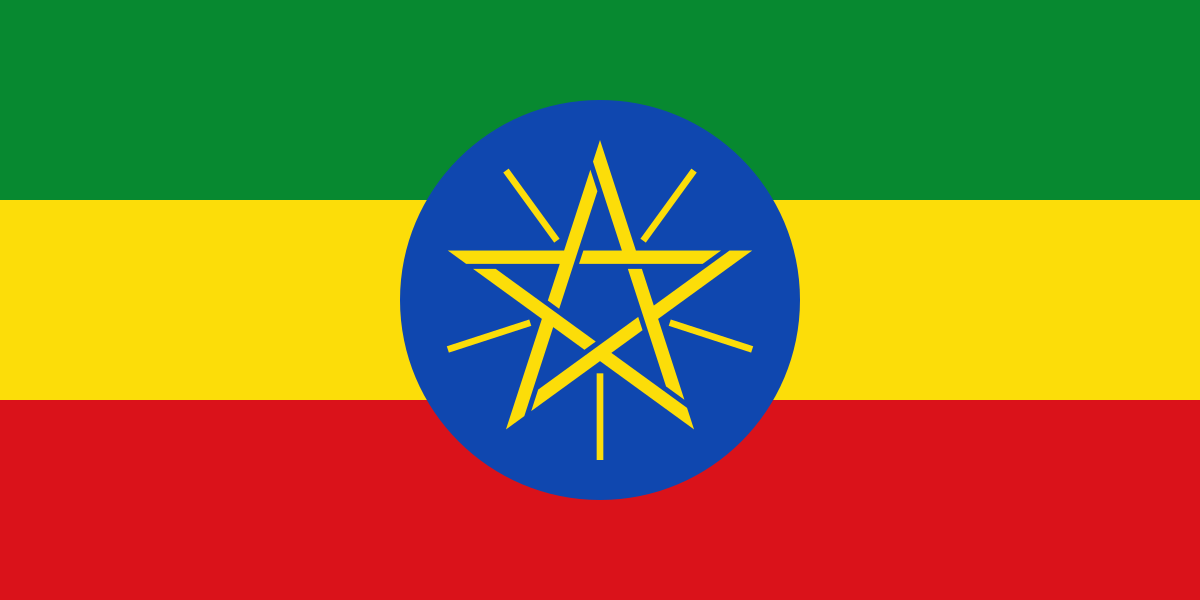
As of 2023 the country’s population was 107,334,000, making it the 13 most populated country in the world and 2 most populated in Africa after Nigeria.
It covers a land area of 1,112,000 square kilometres (472,000 sq. miles).

Ethiopia is multi-ethnic with over 80 different ethnic groups. Oromo and Amhara are the country’s two largest ethnic groups.
Christianity is the most widely professed faith in the country. The country has some adherents of Islam and other faiths.
Regions
Ethiopia is administratively divided into four levels: regions, zones, woredas (districts) and kebele (wards).
The first level administrative division in Ethiopia is a region, also called kilil, or alternatively regional state.
The 1995 Constitution of Ethiopia established the regions based on ethno-linguistic territories.
The country comprises 11 regions and two city administrations under these regions, many zones, woredas and neighbourhood administration: kebeles.
Previously, this level was called a province, and though many of the old province and new region names are the same, the entities are not identical and the words region and province are not interchangeable. As of 2022 there were eleven regions.
The regions and their capitals in Ethiopia are as follows:
- Addis Ababa (City) …. Addis Ababa
- Afar Region … Semera
- Amhara Region … Bahir Dar
- Benishangul-Gumuz Region … Asosa
- Dire Dawa (City) … Dire Dawa
- Gambela Region … Gambela
- Harari Region … Harar
- Oromia Region … Addis Ababa
- Sidama Region … Hawassa
- Somali Region … Jijiga
- South West Ethiopia Peoples’ Region … Bonga
- Southern Nations, Nationalities, and Peoples’ Region … Hawassa
- Tigray Region … Mek’ele
Zones
Regions are subdivided into zones. The number of zones varies, but most regions have around six to twelve zones.
The largest region Oromia has over 20 zones, and the two smallest regions have none.
There are some cities which are set up as “special zones”, such as Bahir Dar Special Zone in the Amhara Region.
The earlier equivalent to a zone was called an awrajja, and many zones today are named the same as their earlier awrajja, but the terms zone and awrajja are not interchangeable.
Woredas
Zones are divided into woredas (districts). In Ethiopia, the woredas comprise three main organs: a council, an executive and a judicial.
The Woreda Council is the highest government organ of the district, which is made up of directly elected representatives from each kebele in the woredas.
The representative of the people in each kebele is accountable to their electorate.
Kebele
Woredas are divided into kebele, municipalities. Each kebele comprises around 20 smaller villages.
Kebele is the smallest administrative division. This is sometimes also called tabia or tabiya. They are at the neighbourhood level and are the primary contact for most citizens living in Ethiopia. Their administrative unit consists of an elected council, a cabinet (executive committee), a social court and the development and security staff. Kebeles are accountable to their woreda councils and are typically responsible for providing basic education, primary health care, agriculture, water, and rural roads.
